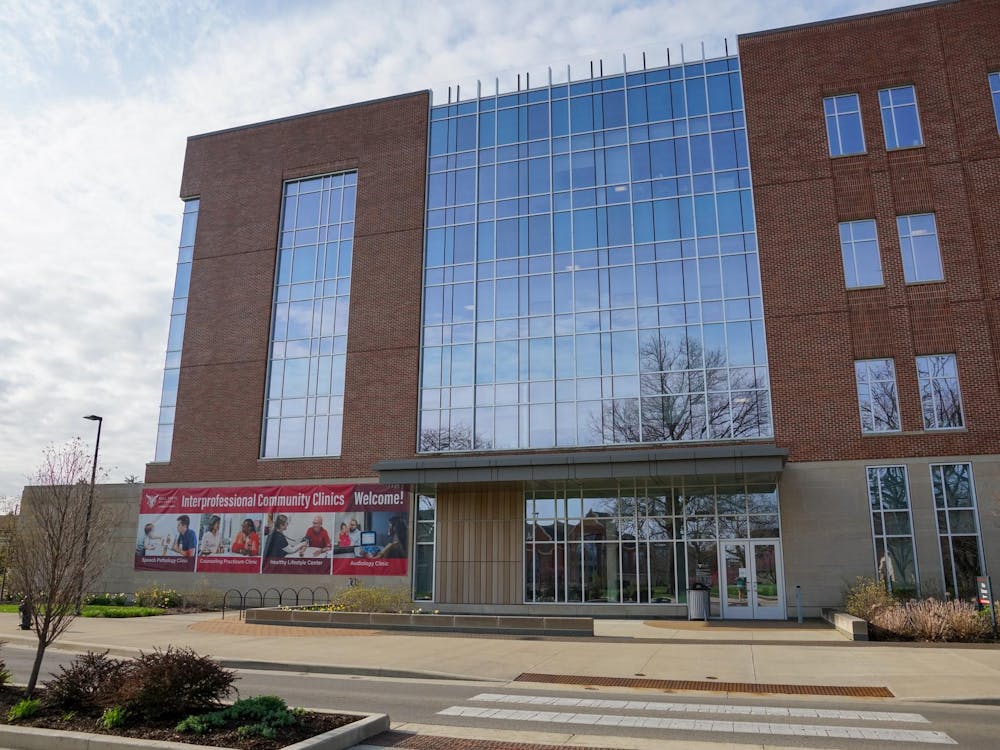Allie Kirkman is a freshman news journalism major and writes 'AK's OPINION" for the Daily News. Her views do not necessarily agree with those of the newspaper. Write to Allie at aekirkman@bsu.edu.
It would be a serious surprise if you haven’t heard of Netflix’s ‘Making A Murderer’ documentary series. Though the show has been out since December, there is still time to hop on the conversation bandwagon by exposing yourself to the jaw-dropping real life horror story. Prepare to lose hours of your life, completely obsessed and wrapped up in the “what’s going to happen next” thoughts with each hour long episode. Don’t be like me and expect that everything you watch will have a happy ending because in this story (SPOILER ALERT), the bad guys always win.
Before we get into everything, you're probably wondering why I waited this long to write an article about it after watching the show weeks ago. I waited because this series sparked an absolute craving for more. The story doesn't just end after the last episode. It's real and every day, it's continuing to attract the attention of some of the most popular news outlets, like USA Today, Rolling Stone and People magazine. I felt like I had to do some investigating of my own first before I could give my full 100% recommendation. From everything I have collected, I feel like now is the time.
The documentary series, directed by Laura Ricciardo and Moira Demos, is filmed over a period of ten years, following the life of Wisconsin man, Steven Avery. At the beginning of the series, Avery was imprisoned and accused of rape, which cost him 18 years of his life after pleading not guilty. In 2003, DNA evidence proved his innocence, and after being freed, Avery sued the county’s sheriff’s office, who he believed was responsible for his wrongful imprisonment. Two years later, Avery was targeted and falsely accused of another crime. This time, however, it involved the murder of photographer, Teresa Halbach.
 |
|---|
Here are the facts: The county, mainly its police department, had it out for Avery ever since his first “crime." Two years later, after Avery sued, he was accused of killing Teresa Halbach. This was based on the fact that she visited the Avery property to take pictures on the day she disappeared. Avery then faced the county’s corrupt criminal justice system, which wholeheartedly believed he was guilty from the start. They believed this so much that they framed Avery.
Though all “evidence” is clearly placed and staged by police, Avery was found guilty and sentenced to life without parole. The police, who were supposed to be the ones protecting the innocent, continuously targeted and ruined a man's life, reputation and name.
Ever since the worldwide premiere on Netflix, people have exploded. The reactions have been both positive and negative. People began creating petitions, letters and groups in support of Avery with the mission of serving justice. Avery personally received a large wave of support with a petition to pardon him, including more than 275,000 signatures addressed to President Obama.
The show has sparked a lot of controversy and theories, as well. According to directors Laura Ricciardo and Moira Demos, there is around 600 hours of unedited coverage of the trial. Because of this fact, people involved, like prosecutor Ken Kratz, says the series left out important evidence that helped sway the jury’s decision. This face has lead some to believe that the documentary may be one-sided and emotionally manipulative.
Theories or not, the documentary has continued to receive high ratings, like a 97% on Rotten Tomatoes, and I predict the show will continue to spark conversation and debate as long as Avery is locked up. I 100% recommend watching this intense series. It will challenge you, your patience, your beliefs and the way you view the American justice system.





